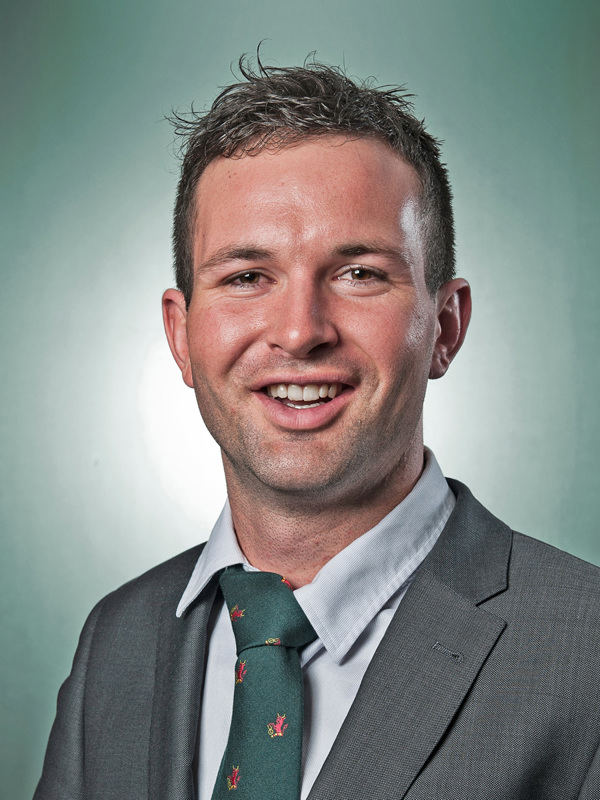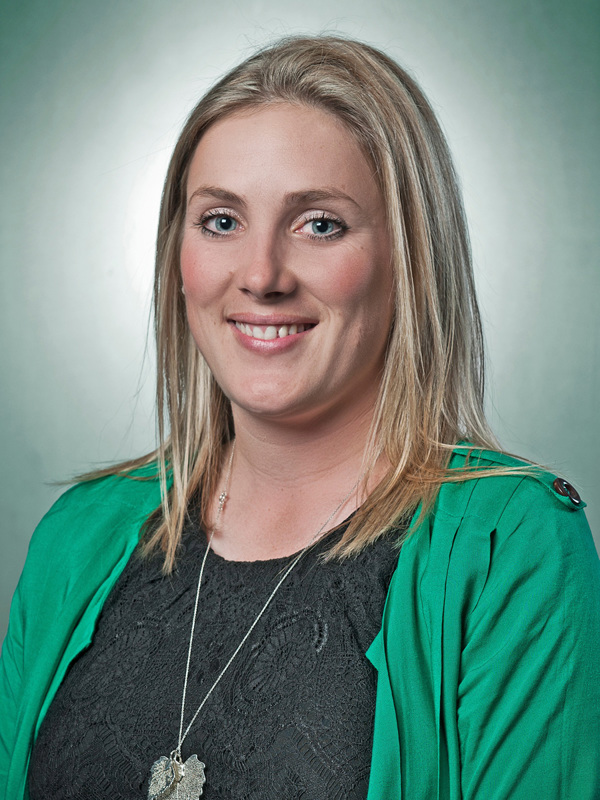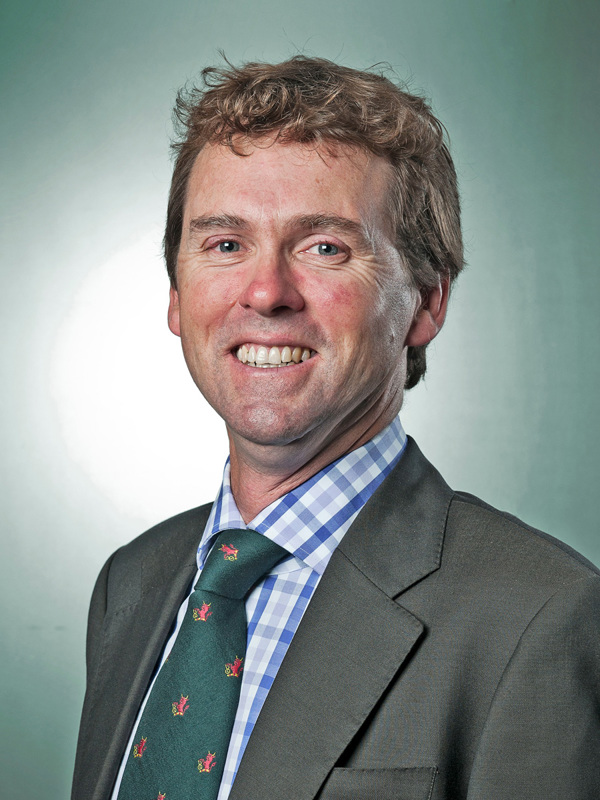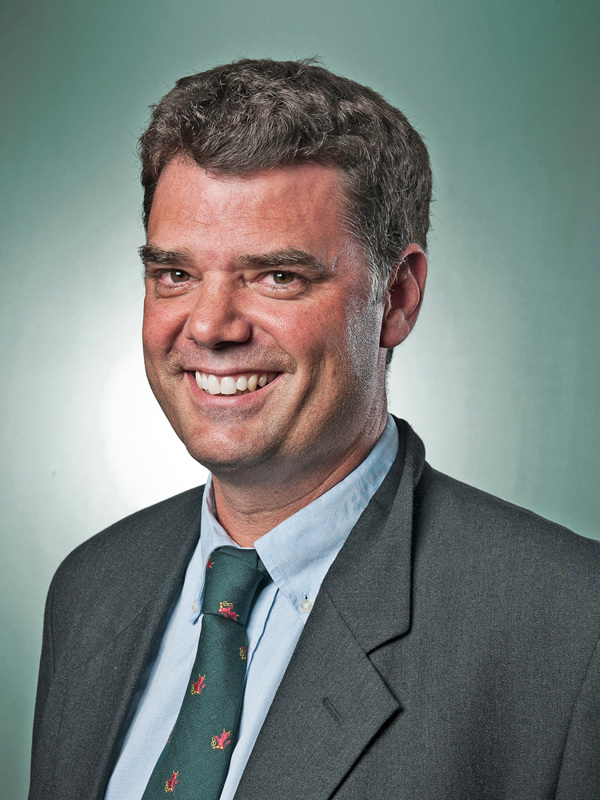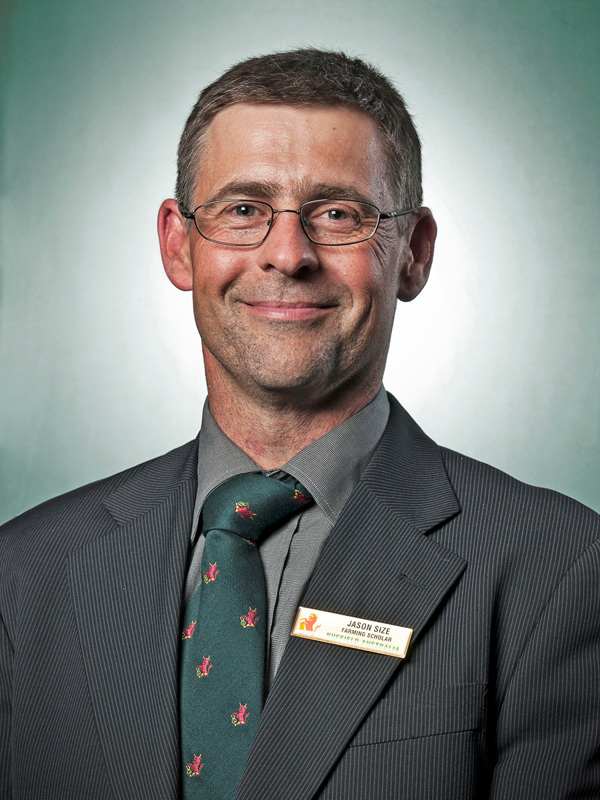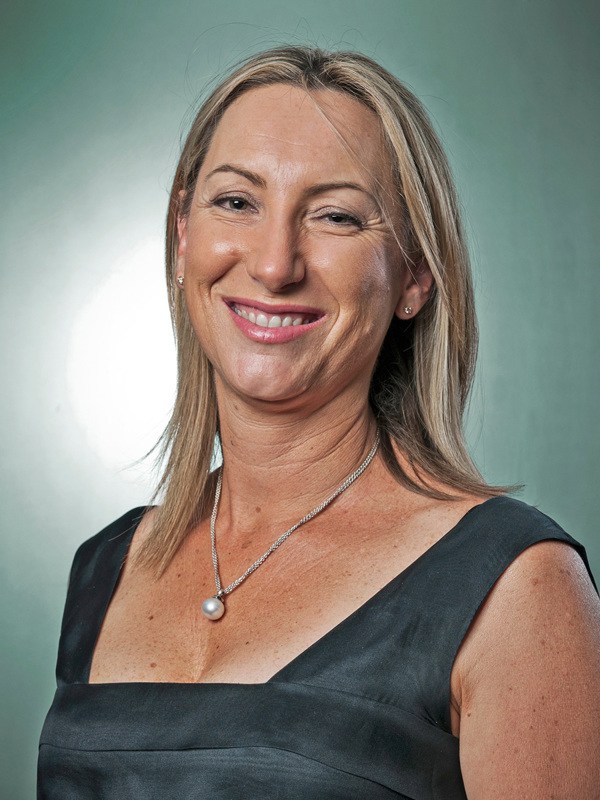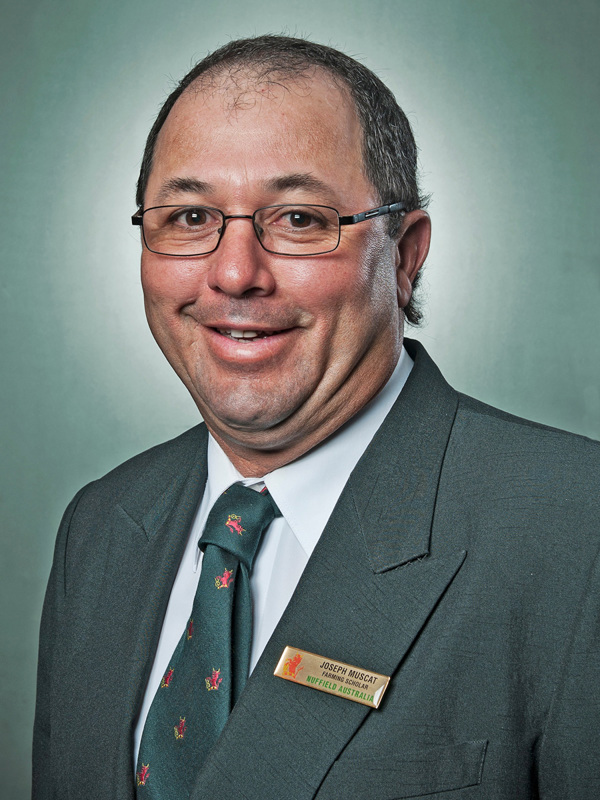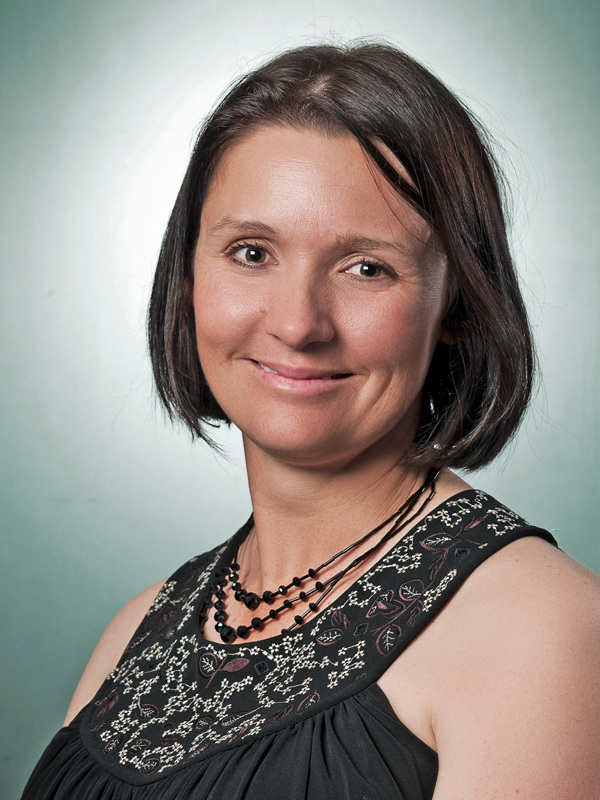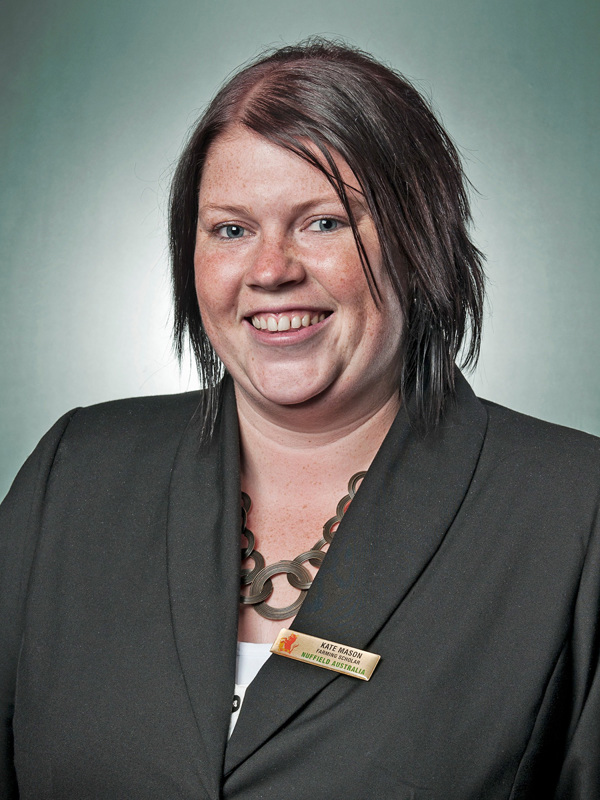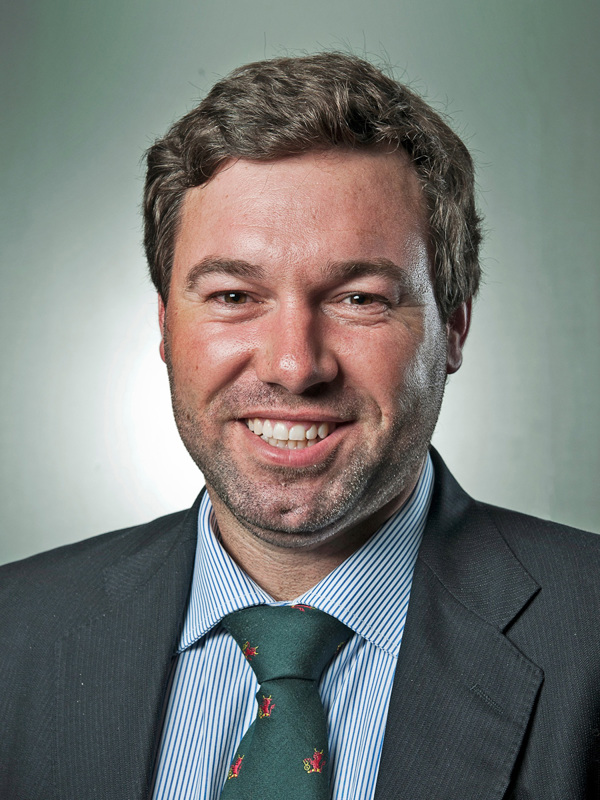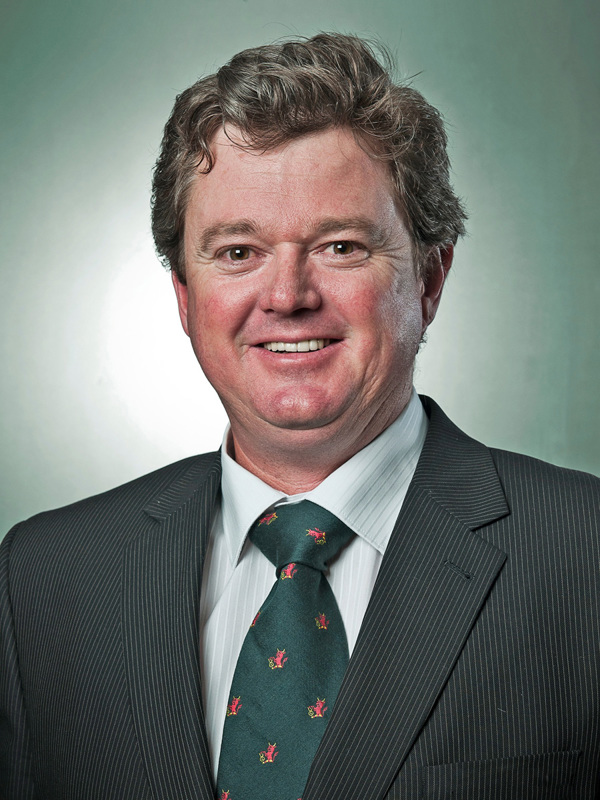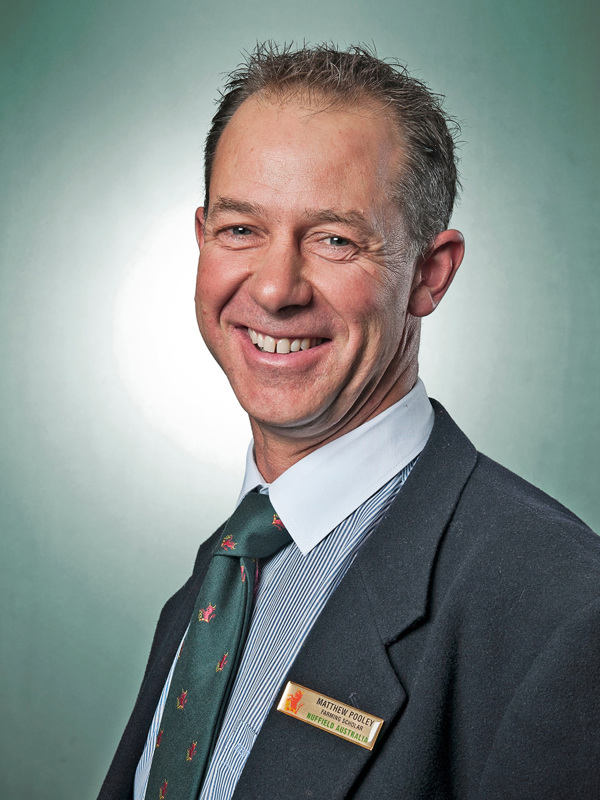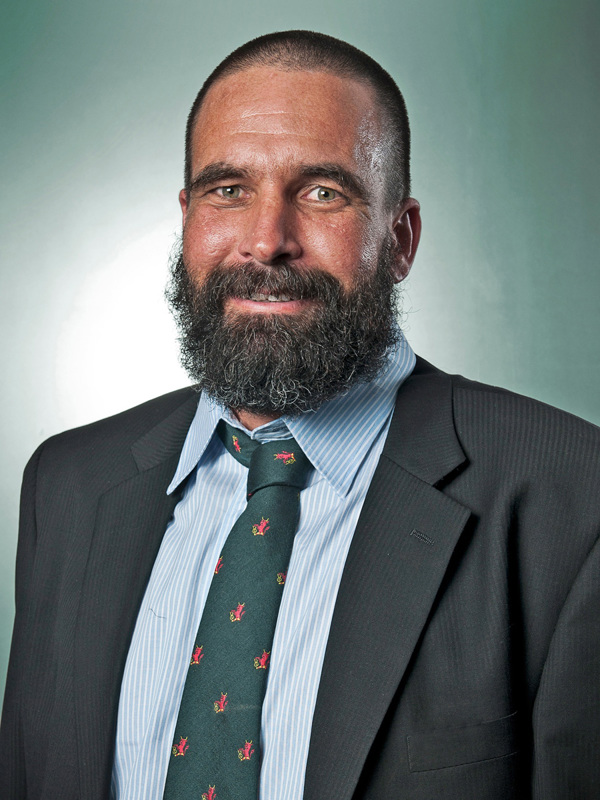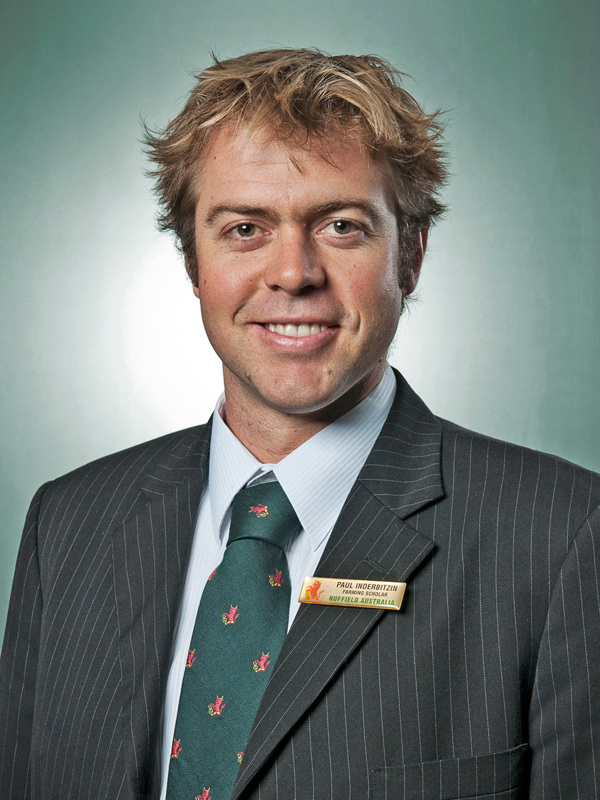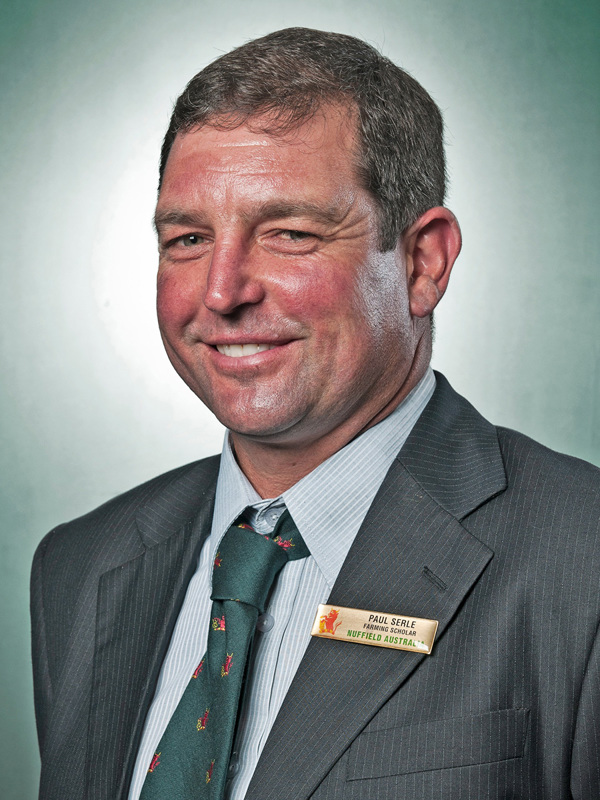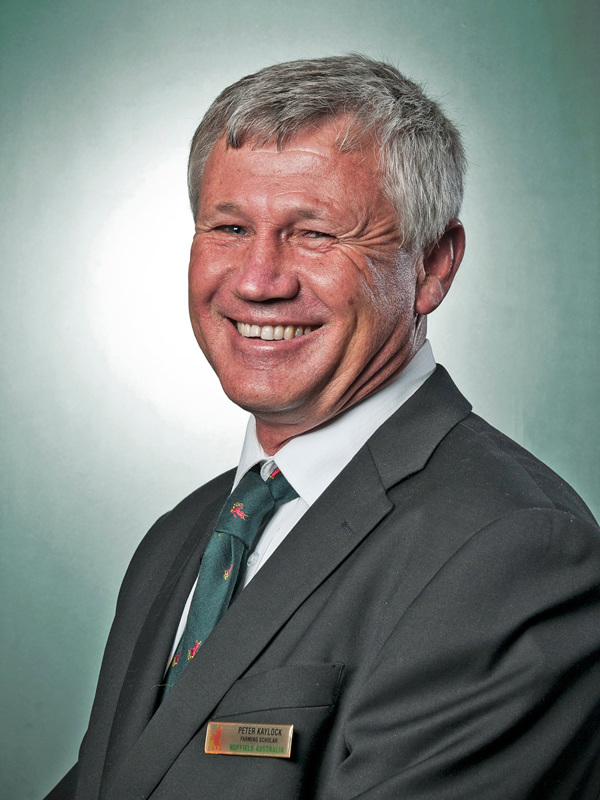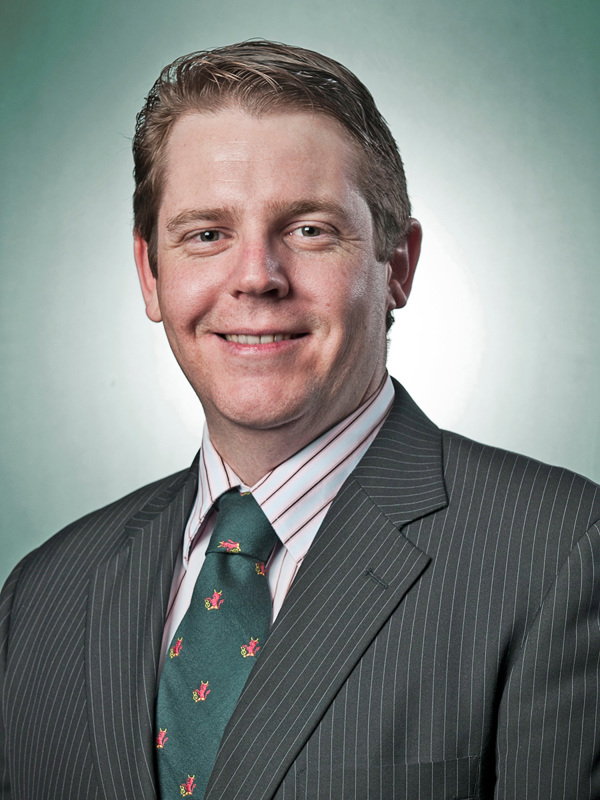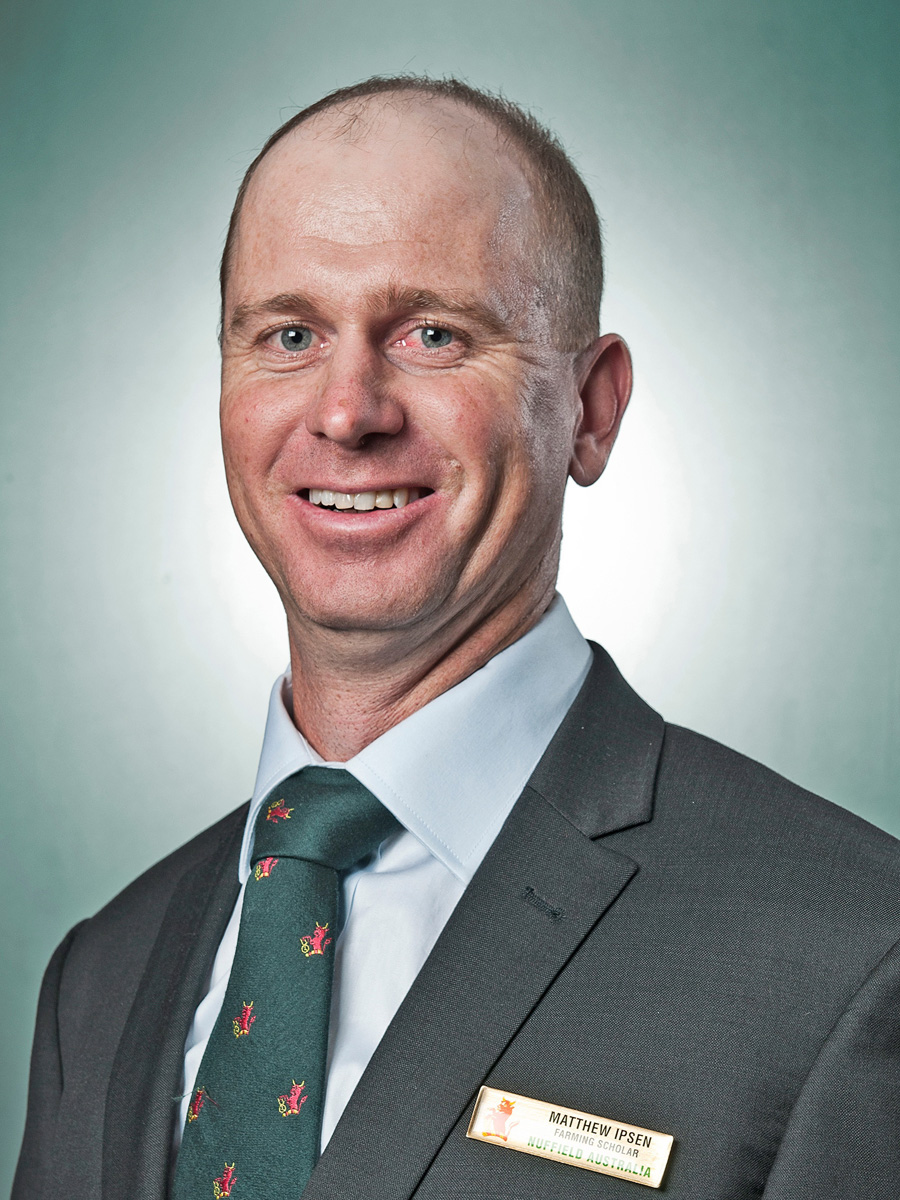
Matthew Ipsen
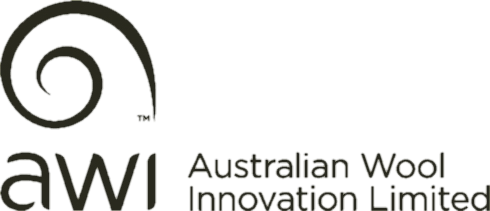
Matthew runs a sheep and cropping property in Maryborough and also owns a sheep pregnancy scanning business, which is where the idea for his 2013 Nuffield scholarship came from.
“I see a lot of lamb mortalities on my clients properties and I really wanted to investigate best practice so we can be better at what we do on-farm – really, it all relates back to both profits and welfare.
To research how others around the world were approaching this issue, he firstly went to Scotland and France to look at indoor shed systems, and the feed they use in those facilities.
“I then went through South Africa, so I could have a look at systems in a similar climate to Australia’s, then across to Argentina and Uruguay in South America, and then finally I finished up in New Zealand".
One visit in particular really stood out and showed Matthew just what is possible, and that was a stud breeder in South Africa who individually pens 4,200 ewes, and lambs them all indoors.
“It was a massive set-up which just opened my eyes up to what you can do within that system – the owner had done his figures, and he’d done them very well under a cost analysis and he could repay his investment within two years and three months. Of course he’d have cheaper labour and be able to buy things cheaper that what we can here, but it just proves with that investment he could repay it,” Matthew explains.
Overall the key learning for Matthew was about improving nutrition, with the theme being repeated often on his visits.
“We already know the importance of nutrition from Lifetime Wool, but it just kept being reinforced everywhere I went – for example, if I looked at genetics it would go back to nutrition, so there was always a link back to it – you’ve really got to set that up, as that’s where you’ll get your biggest return on investment. We’re just lambing at the minute (September 2014), so we’ve really bolstered that pre-lambing nutrition even to early pregnancy, to try and set up the placental development in that stage of the pregnancy and then really boost the feed just prior to lambing,” Matthew says.
“We’re playing with drones to try and cut some labour out of the system when we’re monitoring sheep – by putting the drone out there over the ewes it means we’re not going in the paddock and disturbing them. It’s been fantastic so far, you just fly the drone in and have it over the sheep, and you’ll find that one that’s having trouble – it means I only go in the paddock if I need to, and we’ve even been able to chase crows away form lambs, so that’s a benefit as well,” he says.
Investor Information:
Australian Wool Innovation
